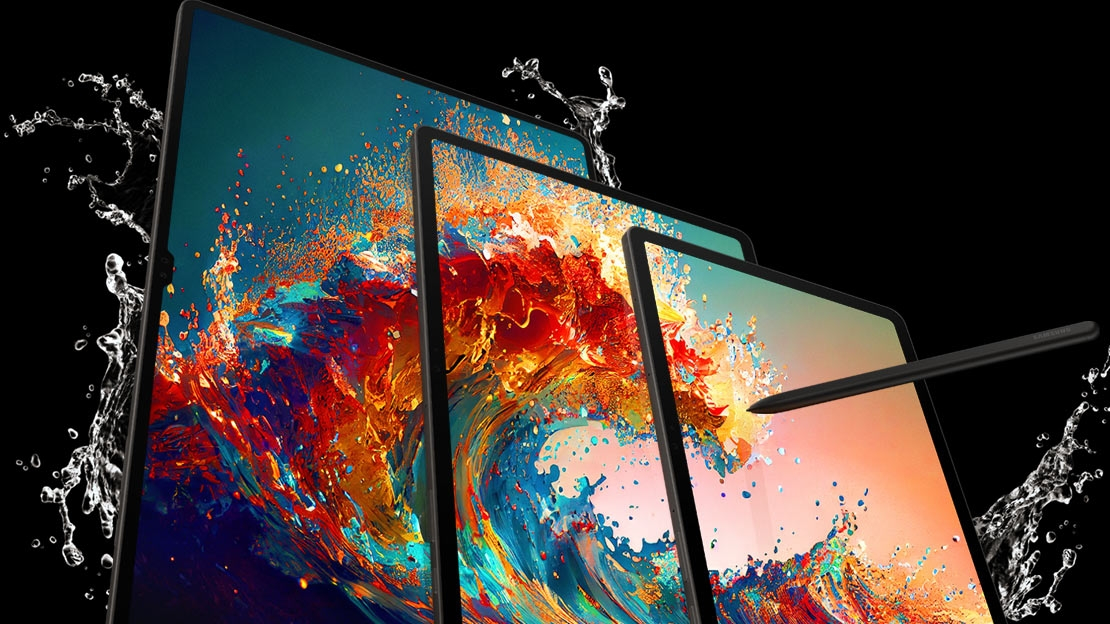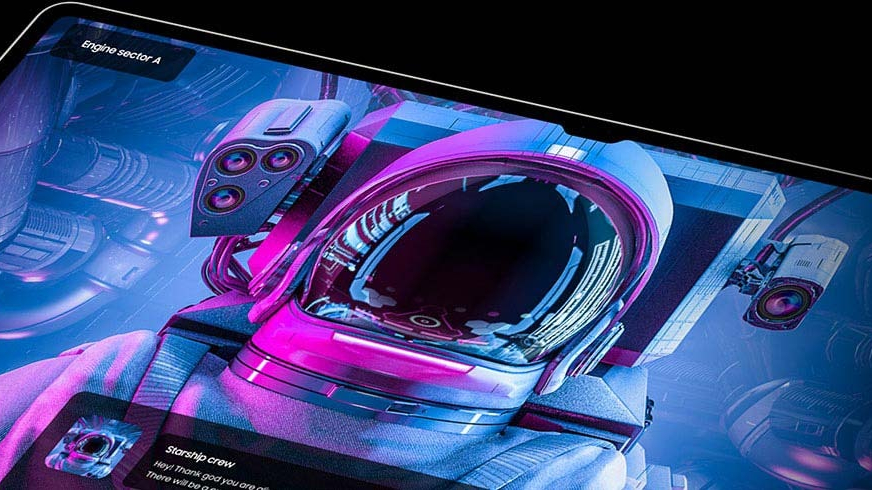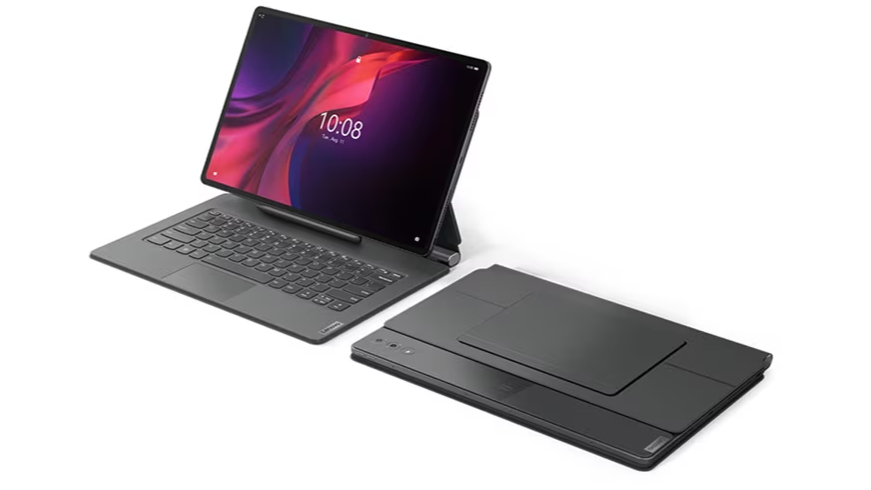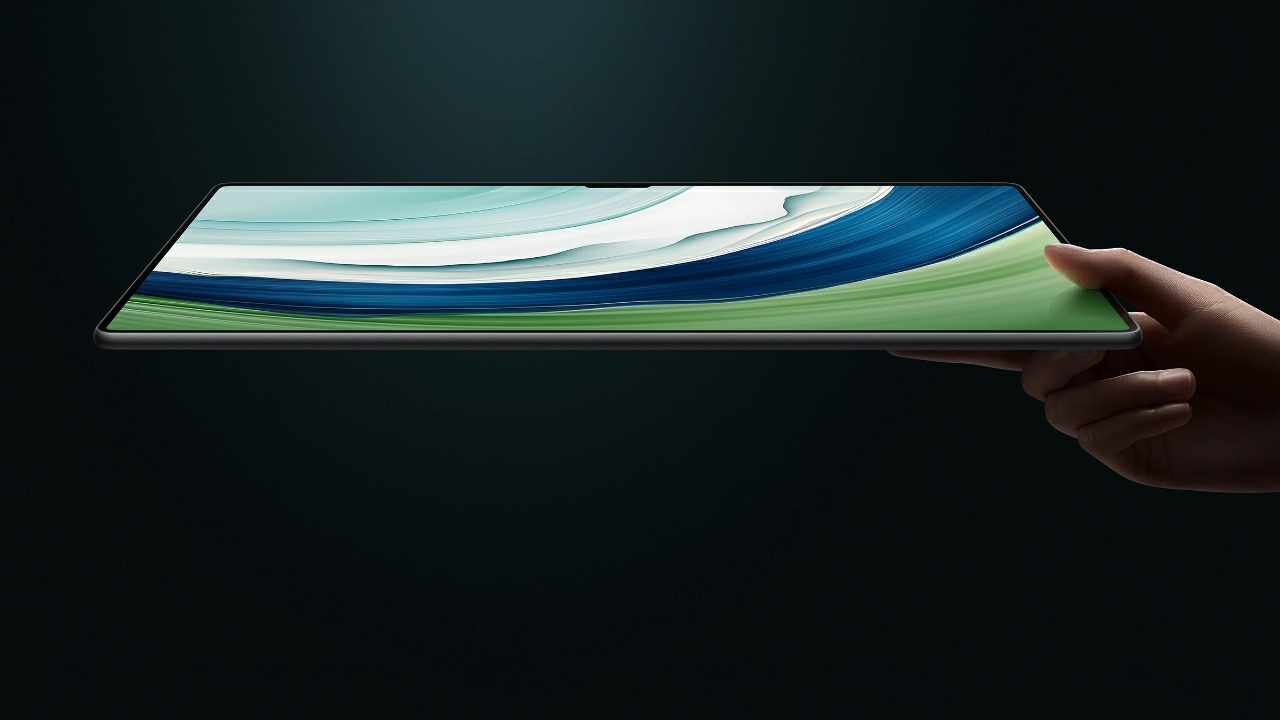3 Android tablets Apple's new OLED iPad Pro will have to beat — the top contenders from Samsung, Lenovo, and HUAWEI

After an iPad drought of over 500 days, Apple is widely expected to unveil not one but two new tablets as early as May 2024. The most exciting rumor on the airwaves is a massive upgrade to the iPad Pro, which is tipped to get a new M3 chip and an OLED display. The OLED iPad Pro is almost certainly going to be the best iPad the company has ever created, but it won’t be without fierce Android competition.
Apple is actually quite late to the OLED tablet party, with an extensive range of AMOLED Android tablets already on the market. According to a recent report, 1.8 million OLED tablets were sold in 2023. Apple’s entry into the market is expected to skyrocket that figure, but there are some well-established Android alternatives.
So what are some of the main Android tablets on the market Apple’s OLED iPad Pro will be competing with? Here’s a quick rundown of some of the best current examples on the market, with a very important caveat. Apple’s new iPad Pro is expected to be an OLED tablet, in contrast to today’s Android offerings, many of which are AMOLED. There is a difference between the two. AMOLED displays are brighter, but OLED offers better dimming and can give better response times. AMOLED also tends to win out with color vibrancy and accuracy, but these screens are often more expensive. So while we know it's not a fair fight, AMOLED Android tablets are the closest thing on the market right now to an OLED iPad Pro competitor, let’s meet the contenders.
Samsung Galaxy Tab S9/S9 Ultra

Samsung offers a hefty iPad Pro rival in the form of its Samsung Galaxy Tab S9 series. We often quip that the Apple iPad lineup is quite confusing, but the Galaxy Tab range isn’t far behind. Apple’s Korean rival offers three total models, the S9, S9 Plus, and the S9 Ultra respectively. Each of these ships with Samsung’s Dynamic AMOLED 2X display, a Snapdragon 8 Gen 2 processor, between 8GB and 16GB of memory, and an IP68 water resistance rating. They also come with support for Samsung’s S Pen, the company’s own Apple Pencil alternative. The S9, S9 Plus, and S9 Ultra ship in two colors and measure 11 inches, 12.4 inches, and 14.6 inches respectively.
That AMOLED 2X display delivers HDR10+ content at refresh rates of 120Hz. Beyond the display (which we obviously can’t compare with the iPad just yet), the Galaxy Tab S9 does boast a couple of advantages over Apple’s tablet lineup. It supports MicroSD external storage up to 1TB, has the aforementioned water resistance, and of course, comes with a more expansive 14.6-inch display.
Lenovo Tab Extreme

The Lenovo Tab Extreme is one of the few Android tablets on the market that actually boasts a fully-fledged OLED display. With a $949 price tag, it certainly matches the iPad Pro for price. Our friends at Tom’s Guide reckon it beats the current M2 iPad Pro for color thanks to that “vivid” OLED display, which puts out 3K resolution and a 120Hz refresh rate across an expansive 14.5-inch display. It also boasts 12GB of RAM, USB-C (3.2), microSD expansion, and two USB-C ports.
Just like the Samsung range, there’s also a Precision Pen 3 and a Lenovo Tab Extreme Keyboard to scratch that peripheral itch. The former comes included with every unit (something you definitely can’t boast about iPad), while the latter is a modest $150 add-on. The design might leave a little to be desired, but the overall package is certainly impressive. At 14.5 inches, it's larger than the iPad Pro, but also heavier.
iMore offers spot-on advice and guidance from our team of experts, with decades of Apple device experience to lean on. Learn more with iMore!
HUAWEI MatePad Pro 13.2-inch

HUAWEI is quite famous for not being very creative when it comes to product design and marketing, heck even its flagship retail location looks like an Apple Store. Likewise, its MatePad Pro series looks almost identical to the iPad lineup, and even sports basically the same name. For that reason, however, the MatePad Pro certainly looks incredibly stylish. It boasts a 13.2-inch OLED display with a 2.8K resolution, 1000 nits of peak brightness, and a 94% screen ratio thanks to some impressively slim bezels.
For the money, you also get 12GB of RAM, a 16MP front-facing camera for videoconferencing, and more. According to Huawei’s website at the time of writing, buyers also get the HUAWEI Smart Magnetic Keyboard, HUAWEI M-Pencil, and an 88W charger all thrown in. That’s nearly $300 worth of accessories (although you can’t buy one in the U.S. for obvious reasons).
The OLED battleground
As you can see, even a cursory glance at some of the tablet competition on the market reveals that Apple has a fight on its hands with the OLED iPad Pro. As has always been the case with its mobile products, however, Apple is likely to eschew raw specs and power in favor of the coveted ecosystem and interoperability between Apple devices that many Android rivals can’t match. The M3 chip is no slouch in the M3 MacBook Air, so no doubt the iPad Pro will be powerful. Most iPad Pro customers will probably already own an iPad and will simply be looking for an upgrade, or they’ll be Apple customers looking to buy their first tablets. For those folks, the allure of Android is probably not that strong. But for prospective buyers on the fence, the expansive displays, storage expansion, and cheaper accessories could prove too strong to resist.

Stephen Warwick has written about Apple for five years at iMore and previously elsewhere. He covers all of iMore's latest breaking news regarding all of Apple's products and services, both hardware and software. Stephen has interviewed industry experts in a range of fields including finance, litigation, security, and more. He also specializes in curating and reviewing audio hardware and has experience beyond journalism in sound engineering, production, and design.
Before becoming a writer Stephen studied Ancient History at University and also worked at Apple for more than two years. Stephen is also a host on the iMore show, a weekly podcast recorded live that discusses the latest in breaking Apple news, as well as featuring fun trivia about all things Apple. Follow him on Twitter @stephenwarwick9
